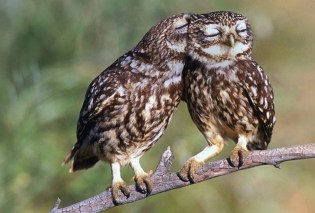Written by SurfWriter Girls Sunny Magdaug and Patti Kishel
Like the tree in Shel Silverstein’s The Giving Tree, who gives everything to the young boy who loves him, mangrove trees give everything to our planet and its inhabitants.
Mangrove forests, which grow along salty ocean shorelines in tropical and subtropical latitudes, are made up of some 80 different species of plants that can subsist in low-oxygen soil.
Noted for their tangle of roots that appear to grow above ground supporting the plants as if on stilts, mangrove trees oxygenate the environment and stabilize coastlines from erosion.
Mangrove trees truly are giving trees. Five times more effective than rain forests at removing carbon from the atmosphere, NASA calls them “among the world’s best carbon-scrubbers.”
Mangrove forests also provide food and shelter to sea life, including a wide variety of fish, shellfish, algae, plankton, amphibians, birds, and mammals.
Critical to the health of our planet, mangrove trees can be found along the shorelines of over 100 countries and territories, with over 40 percent of them located in Asia.
SurfWriter Girls Sunny Magdaug and Patti Kishel learned that the world’s largest forest of mangrove trees covers an area of about 10,000 km in Bangladesh’s Sundarbans Reserve Forest between the Baleshwar River and the Bay of Bengal.
Due to coastal development, deforestation, climate change, pollution, and other factors, though, forests such as this are at extreme risk and could even become extinct unless countries come up with sustainable practices to protect them.
To create more forests, the SeaTrees Project, started by the Sustainable Surf non-profit organization, has been on a mission to plant millions of mangrove trees (with over 3 million so far!).
Other organizations supporting the mangroves include Conservation International, the World Wildlife Fund, the Nature Conservancy, and the International Union for the Conservation of Nature.
To save these trees that give so much, the place to start is by giving back.
Please post your comment below. Comments will appear the next day.
Sunny Magdaug and Patti Kishel hold the exclusive rights to this copyrighted material. Publications wishing to reprint it may contact them at surfwriter.girls@gmail.com Individuals and non-profit groups are welcome to post it on social media sites as long as credit is given.

















































































































































